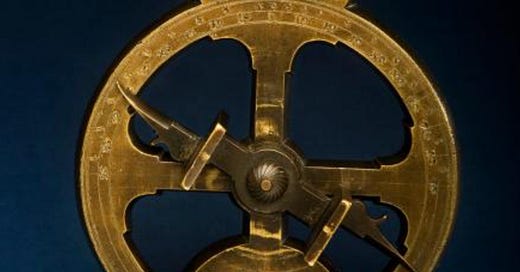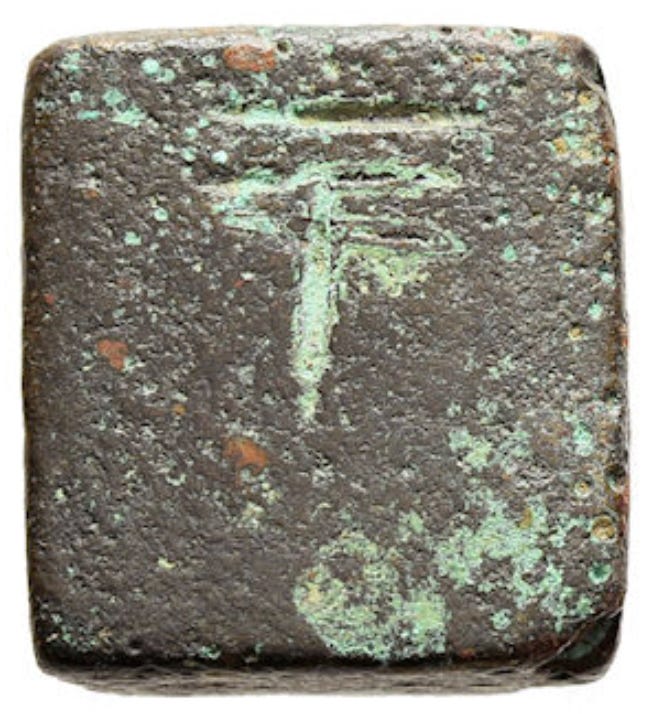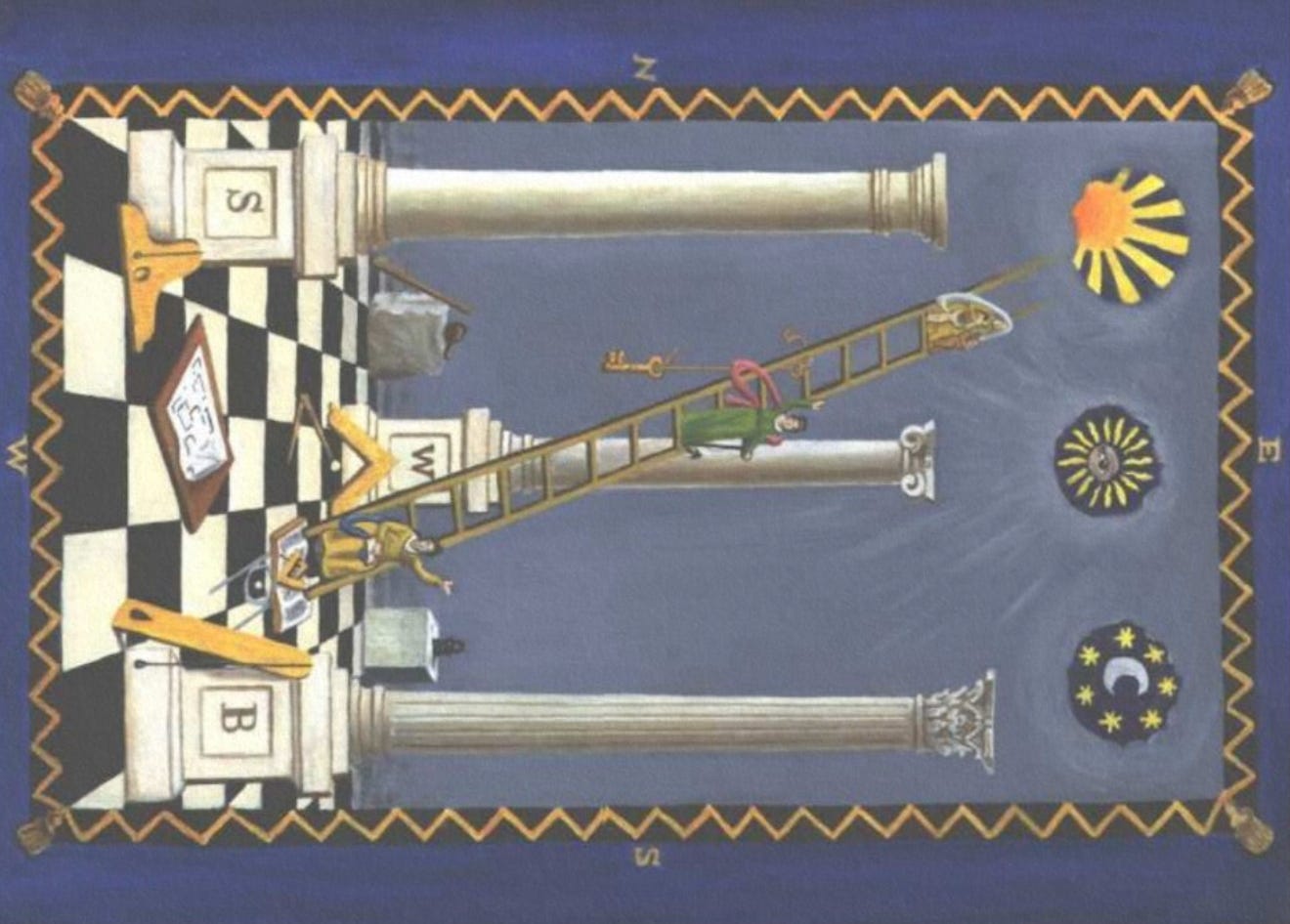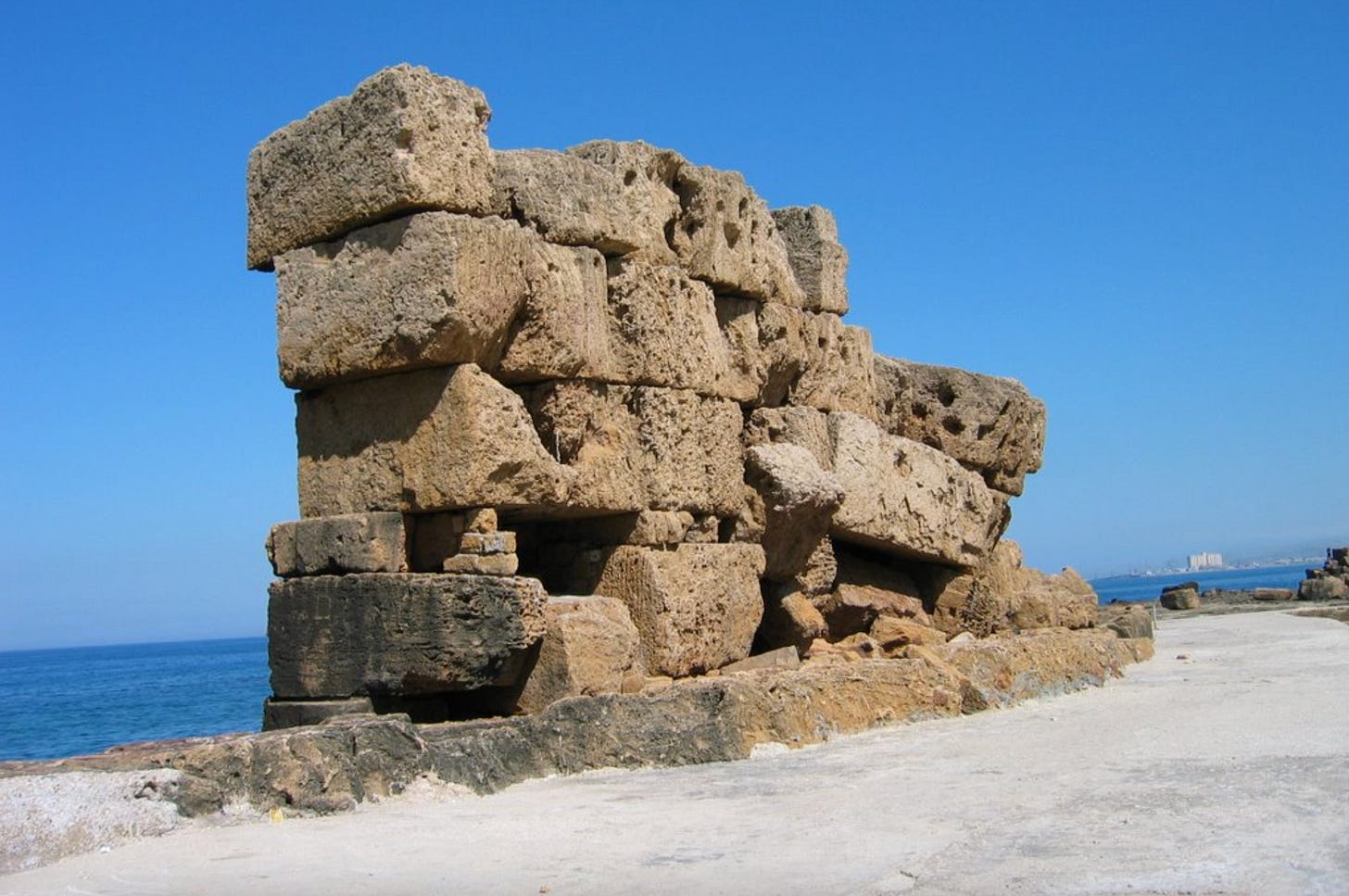Fresh Batch #33: Is the Cross of Lorraine a Symbol For Tools Used by Ancient Astronomers, Priests, Masons, Navigators, Merchants, Alchemists, and Healers?
By Dylan Saccoccio

The Spirit Whirled series demonstrates the four significant guilds that must be merged, or intermingled in order for empire to flourish; those of the priests, of the masons, of the navigators, and of the merchants (of which I would also include barons in both the sense of the Lords, estate owners, but also a titan of business or industry).
In The Holy Sailors (click the image), I demonstrated that The Phoenicians are ancient Italians (Etruscans), which gave way to the Latins but also peopled the British Isles and the coasts of Northern Europe all the way to Denmark and beyond.
Depending on how many crosses are shown, they represent the Kingdom of Heaven, the declination of the sun between the three major points in the sky, the two Tropics and the Equator. There is a writing attributed to Jehan de Manderville from the 14th century (though his existence is difficult to corroborate) where he wrote, “The Sterre Transmontane (Star Beyond the Mountain) that is clept (called) the Sterre of the See (Star of the Sea)…”
The word sea is spelled see. I made the case that the Holy See is not just an allusion to the priests being astronomers, but also taking over the industries of navigation, hence it is also the Holy Sea.
The Papal Cross is nearly the same as the Phoenician letter samekh. Samekh also means fish, and it’s not coincidence that the Bishops were called the little fish (Pisciculi).
Prior to the invention of the sextant, navigators used things like astrolabes, Jacob’s Staff, and the like. From Wiki, “The term Jacob's staff is used to refer to several things, also known as cross-staff, a ballastella, a fore-staff, a ballestilla, or a balestilha. In its most basic form, a Jacob's staff is a stick or pole with length markings; most staffs are much more complicated than that, and usually contain a number of measurement and stabilization features. The two most frequent uses are:
in astronomy and navigation for a simple device to measure angles, later replaced by the more precise sextants;
in surveying (and scientific fields that use surveying techniques, such as geology and ecology) for a vertical rod that penetrates or sits on the ground and supports a compass or other instrument.
The simplest use of a Jacob's staff is to make qualitative judgements of the height and angle of an object relative to the user of the staff.”
Jacob is Iac (sun) + aub (אוב), or sun-serpent, hence the encoding of the sun’s ecliptic in Jacob’s Ladder and Jerusalem (Hierosolyma or Heirosolymum in Latin): Hiero (sacred; holy) + sulam (סלם; ladder). Recall this symbolism when turning the entered apprentice tracing board on its side so that the directions are proper:
Who else uses serpent-staff (ecliptic) symbolism? Moses (משה; mse; moh-shay) is a term for an Initiate in ancient Egypt. Who was the god of healing back then? Esculapius, the universal fire—the Sun, the All-Father. While writing this (4/7/23), Owen Benjamin just referred to Jesus as the All-Father, the Father of All on his livestream. In modern times his name appears as Asclepius. I don’t need to make any further arguments to demonstrate the Truth, but for those who want to dive deeper, the Spirit Whirled series will teach you the universal system.
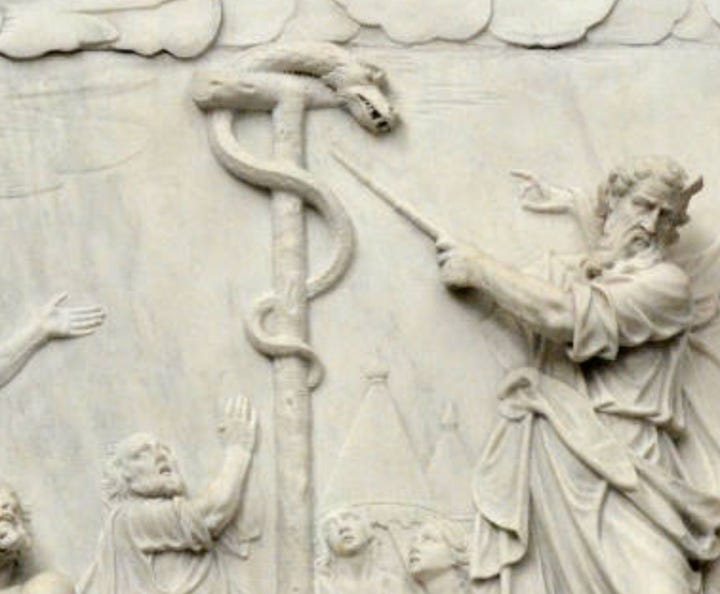


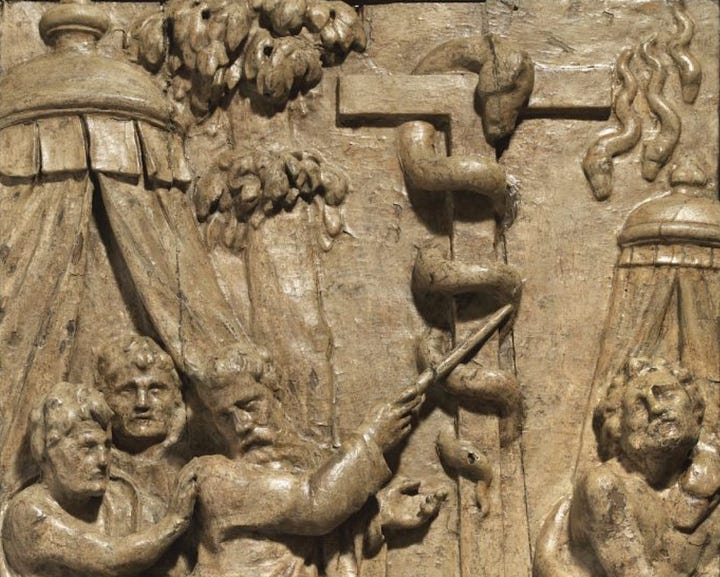
The Mariner’s Astrolabe looks similar to other symbols the Church uses, doesn’t it?







According to Wiki, “In navigation the instrument is also called a cross-staff and was used to determine angles, for instance the angle between the horizon and Polaris or the sun to determine a vessel's latitude, or the angle between the top and bottom of an object to determine the distance to said object if its height is known, or the height of the object if its distance is known, or the horizontal angle between two visible locations to determine one's point on a map.
“The Jacob's staff, when used for astronomical observations, was also referred to as a radius astronomicus. With the demise of the cross-staff, in the modern era the name "Jacob's staff" is applied primarily to the device used to provide support for surveyor's instruments.”


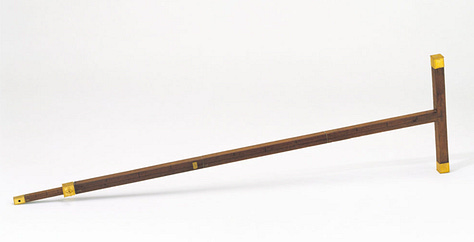




Does anyone find the depiction of Leif the Red (Eriksson) in Newfoundland suspicious? Sure does look like an occult Cross of Lorraine above a Latin crucified savior on his chest. His helm is signifies the messenger of the gods, the alphabet, logos, wisdom, Mercury, Hermes, Thoth, Odin, Jesus, Buddha, and all the other gods of eloquence and communication. Why not depict him in the cloak of the times found excavated in southwestern Greenland?
Addition on July 3, 2023—In a recent interview, Dr. Narco Longo (Old World Florida) made an observation that I hadn’t connected. He correlated the Ankh (which means/represents life in Egyptian, corresponding to the sun) with the root of Ænglisc (English) on account of the philological interchange between the root Ank, Ang, Anc, all being the same. He also noted this is the root of anchor. If you haven’t heard the podcast, it’s a must listen, and please share it! It should have millions of views!
This symbol of the ankh connects to every system of priestcraft around the world, but the addition of the anchor symbolism is a revelation because it indicates cultural diffusion as well as an as above so below-system given that the hull of the ship and mast are based on the female and male generative organs.
According to Mackenzie Beverly, “The Sun, Lord of Procreation, was in his most ancient human figure the quadrifront Brahma to be seen occasionally sitting before the Lingam-Yoni, presiding over the great mystery; and the key of Janus is but another form of the crux-ansata of Egypt, the key that opens the Arch through which we all pass. The crux-ansata is the lingam, and is the monogram of the planet Venus, the key that opens the great door of mystery over which the veil of Isis was drawn.”


These crosses have many names, from the ankh, to the chi-rho, Staff of Osiris, crux ansata, the Cross of Tammuz (Thomas).









This is important because Venus is an archetype of the Ocean, whence Mary (mare, the Latin word for sea), and is associated with Venice, the Venetians, and the Phoenicians. Mary is often depicted with Yoni symbolism. Whether it’s Marine Venus (Thalassa) at Pompeii with her Telchines (who I suspect are Phoenicians), or the Triumph of Venus, or Aphrodite (Foam-Sprung), Rhode (Rhodian Law, the precursor to maritime law, mary-time), etc.



The staff of Osiris was called chreserion, which has the root of Christ/Chres in it, which, for those who are unfamiliar with Greek, the letter eta (H) acts like E, H, or I and the sigma-tau (ST) and sigma (S) interchange throughout history. We still see this in words like listen, Christmas, mistle-toe, etc. The T is not pronounced.
As you can see, this symbolism of Christ, Ichthys, the ankh, the anchor, the fish, which looks like a Yoni and is the root of Bishop, who were called Pisciculi (the little fishes) on account of the P/V/F/B interchange, hence Vishnu taking the form of a Fish, as well as Dagon, Oannes, the root of Joannes (John), and another name for Buddha being Dag-Po (dag being fish and Po being a radical of Phoenician), but also Quetzalcoatl/Kukulkan in Mexico! Sea is also spelled See in English from the Middle Ages. Thus, the Holy See is also the Holy Sea. The mariners, astronomer-priests, merchants, and masons were united by a guild that specialized in this system.
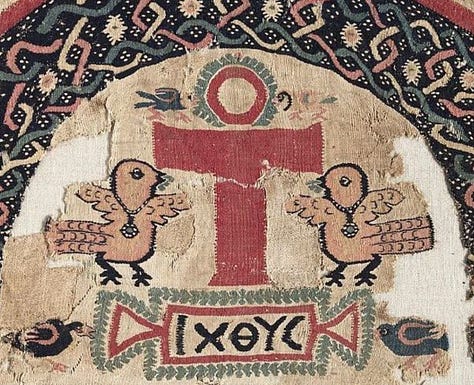




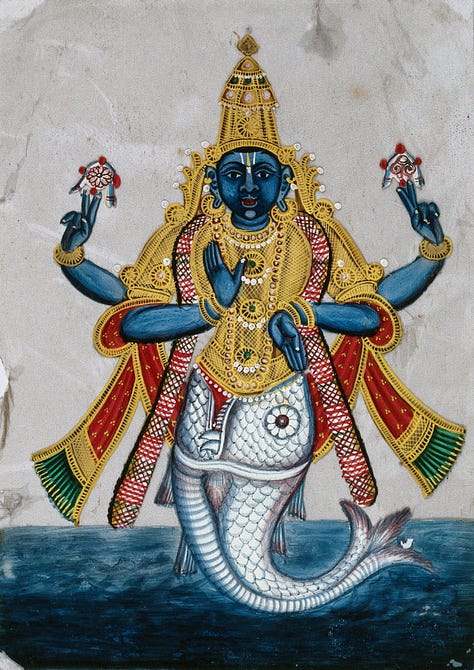
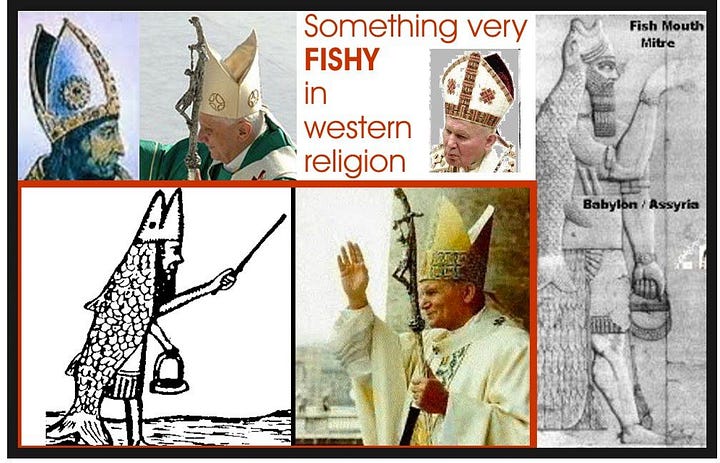
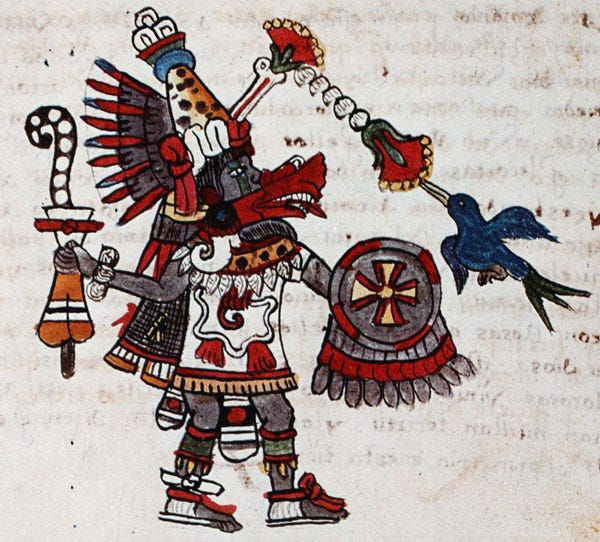
These deities are usually named after water because water gives life and water is named after life, and life is given by and named after the sun. Ankh, Ink, Inca, Inga, but also Ingots (mining is what made the Etrusco-Phoenician Thalassocrats wealthy). The German word angeln pertains to fishing. What do we call fishermen in America? Anglers. Are the Anglo-Saxons the Wise-Fishermen (sagax in Latin means wise, and the g, c, k, cks, and x interchange), or Holy Fishermen (sac in Latin is found in words pertaining to holy and sacred), the Fishers of Men? This would almost be a one to one between the Anglo-Saxons and the Holy Sailors (mariners who had the use of letters; Etrusco-Phoenicians) who peopled Britain. The Americans were found in possession of this symbolism and they even admitted they were not the builders of their temples. Here is a depiction of Incas/Ingas using the Etruscan-crosses found all over the world, but I have yet to see someone produce a St. Andrew’s Cross older than 600 BC like what is found in Italy.

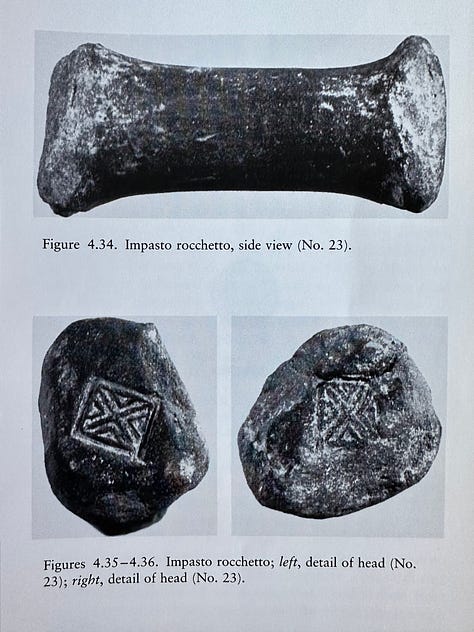



It should be noted that the Phoenician city Arwad was located on an island called 𐤀𐤉𐤍𐤊, which is transliterated as Aink, or Aynk, which is similar to Ankh, the key of life or of the Nile, which is the origin of the crux ansata, found in Christianity and the monogram of Venus, the Cross of Tammuz, and Crux Hermis. Could this be the where the origin of anchor occured?
The rest of this article may be controversial, so become a member to get access to the second portion of it.
Keep reading with a 7-day free trial
Subscribe to Ancient History, Mythology, & Epic Fantasy to keep reading this post and get 7 days of free access to the full post archives.

